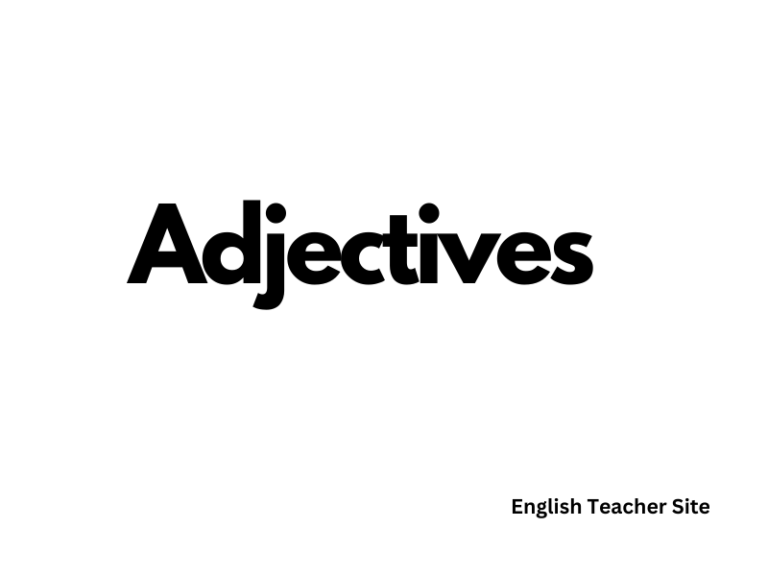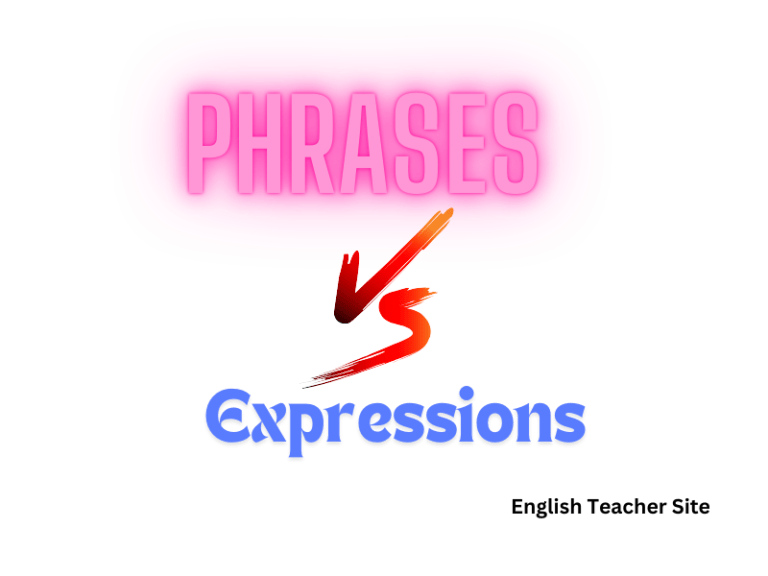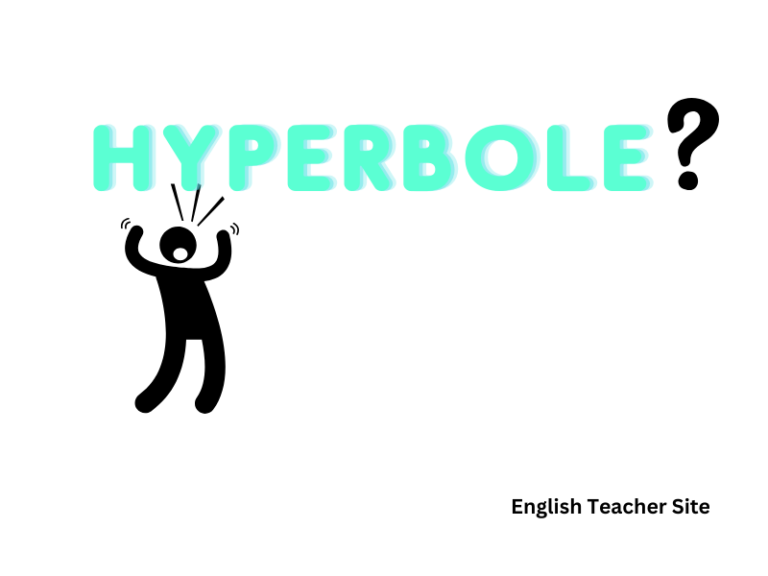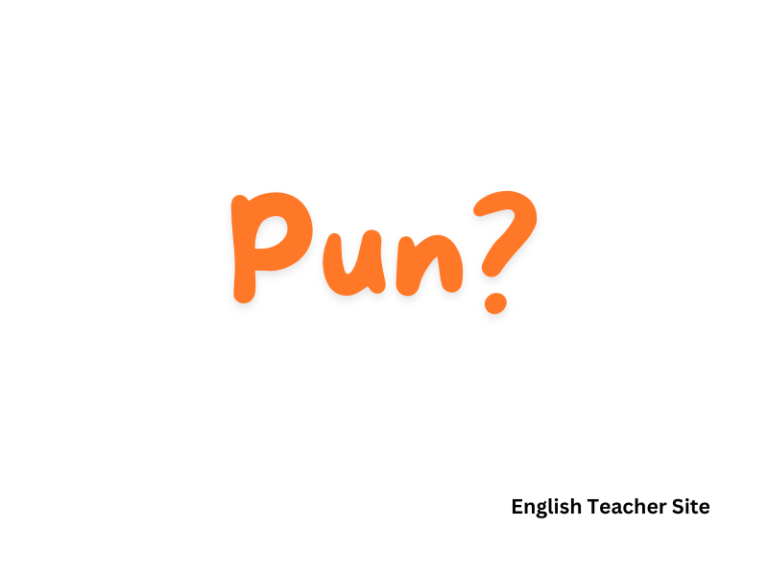Is It Rang or Rung? Understanding the Past Tense of Ring
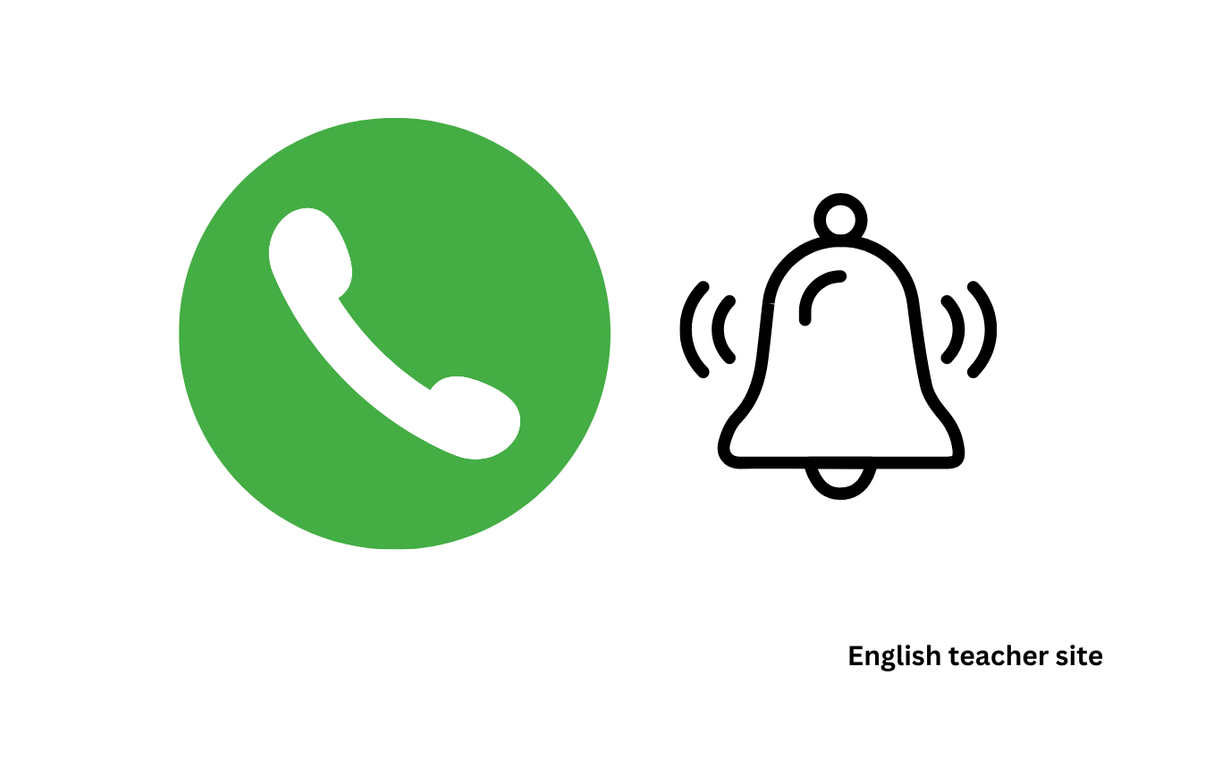
- ‘Rang‘ is the simple past tense form of ‘ring,’ used for actions completed in the past.
- ‘Rung‘ is the past participle form, used with auxiliary verbs in perfect tenses.
- Correct usage depends on the sentence structure and tense required.
The correct form depends on the function of the verb in a sentence. ‘Rang’ is the simple past tense of ‘ring,’ describing an action that was completed at a definite point in the past. For instance, one might say “She rang the bell yesterday.” On the other hand, ‘rung’ is the past participle form, which is used in perfect tenses and typically requires an auxiliary verb, such as “has” or “had.” An example of this would be “The bell has rung.”
Is it Rang or Rung: What’s the Past Tense of Ring?
When exploring the past tense of the verb “ring,” clarity is needed between “rang” and “rung.” The verb follows the pattern of irregular verbs in English, where the spelling changes according to the tense.
“Rang” is the simple past tense of “ring,” which one would use to talk about a specific event in the past. For example, “She rang the bell yesterday.” The action is completed and occurred at a precise time in the past.
“Rung” is the past participle form. It generally requires an auxiliary verb like “have” or “has,” and is used in perfect tenses. For instance, “She has rung the bell” implies that the action has relevance to the present or ongoing consequences.
To help distinguish the usage of “rang” and “rung,” two tables are provided below:
Table 1: Simple Past Tense
| Subject | Simple Past Tense | Example Sentence |
|---|---|---|
| I/He/She/It | rang | “He rang the bell loudly.” |
| We/You/They | rang | “They rang the doorbell multiple times.” |
Table 2: Past Participle
| Subject | Auxiliary Verb | Past Participle | Example Sentence |
|---|---|---|---|
| I/He/She/It | has/have | rung | “She has rung the bell three times.” |
| We/You/They | have | rung | “We have rung the neighbors’ doorbell.” |
In summary, the choice between “rang” and “rung” hinges on the tense:
- Use “rang” for the simple past tense, when stating an action that happened at a specific time in the past.
- Use “rung” for perfect tenses, when the action has relevance to the present or is not fixed to a single point in time.
Bullet Points for Quick Reference:
- “Rang” is used without an auxiliary verb.
- “Rung” is used with an auxiliary verb like “has” or “have.”
- The base form “ring” changes to “rang” in the simple past.
- The base form “ring” changes to “rung” in the past participle.
Understanding Verb Tenses
This section breaks down the tenses of verbs, specifically examining the verb “to ring” and its various forms: “rings,” “ringing,” “rang,” and “rung.”
Present Tense Forms
- Base Form: The infinitive or base form of a verb is its most basic form, without the addition of tense or aspect markers. For the verb “to ring,” the base form is “ring.”
- Simple Present Tense: Verbs in the simple present tense indicate an action happening currently or a general truth. The present tense form of “to ring” is “rings.”
- Conjugation Example:
- Singular: He/She/It rings
- Plural: They ring
- Conjugation Example:
- Present Participle: This form is used for ongoing actions in the present and is created by adding “-ing” to the base form. For “to ring,” the present participle is “ringing.”
Past Tense Overview
- Simple Past Tense: This tense describes completed actions in the past. Regular verbs add “-ed” to the base form, while irregular verbs, like “to ring,” have unique past forms—in this case, “rang.”
- Past Form (V2): “Rang” serves as V2—or the second form of the verb—indicating the simple past tense.
- Irregular Verbs: “To ring” is an irregular verb because it does not follow the regular pattern of adding “-ed” for its past tense forms.
Perfect Tense Variations
The perfect tenses describe actions in relation to other time frames and are constructed with the auxiliary verb “have” plus the verb’s past participle.
- Present Perfect Tense: This tense depicts actions that happened at an unspecified time in the past or began in the past and continue to the present. For “to ring,” the past participle is “rung,” used as: “has/have rung.”
- Past Perfect Tense: This tense expresses actions completed before another action in the past. Example: “had rung”
- Future Perfect Tense: This tense indicates actions that will be completed before a future point in time. Example: “will have rung”
Future Tense Projections
The future tense describes actions that will happen at a later time and can be expressed in several ways.
- Simple Future Tense: Typically formed with “will” plus the base form of the verb, as in “will ring.”
- Conditional Present: Used to show potential actions dependent on certain conditions, often expressed as “would ring.”
- Future Perfect Tense: Actions that will be completed before a specified time in the future, formulated as “will have rung.”
Verb Conjugation Overview Table
| Tense | Verb Form | Example |
|---|---|---|
| Present | Rings | He rings the bell. |
| Present Participle | Ringing | They are ringing. |
| Simple Past | Rang | She rang the bell. |
| Past Participle | Rung | He had rung. |
Perfect Tenses Table
| Tense | Construction | Example |
|---|---|---|
| Present Perfect | has/have + rung | They have rung. |
| Past Perfect | had + rung | She had rung. |
| Future Perfect | will have + rung | They will have rung. |
Whether one is dealing with a regular verb like “to walk,” or with an irregular verb like “to ring,” knowing the appropriate forms of present, past, present perfect, and future tenses is imperative.
The Verb ‘Ring’ and Its Forms
The verb ‘ring’ is an irregular verb with distinct forms for its past tense and past participle that often cause confusion. It’s important to understand the correct use of ‘ring’ in various tenses for clear communication.
‘Ring’ in Different Tenses
The verb ‘ring’ changes form to indicate different tenses. Here’s an overview in table form:
| Tense | Form |
|---|---|
| Infinitive | to ring |
| Present Simple | rings (3rd person singular) |
| Past Simple | rang |
| Past Participle | rung |
| Present Participle | ringing |
For the present perfect tense and other perfect tenses, ‘ring’ requires the auxiliary verb ‘have’ and uses ‘rung’ as the past participle. In the future tense, ‘will’ or ‘shall’ is used alongside the infinitive, as in “will ring.”
Past Tense Confusion: ‘Rang’ vs. ‘Rung’
The past simple tense of ‘ring’ is ‘rang’, and the past participle is ‘rung’. ‘Rang’ is used when stating an action in the past that is complete and has no relation to the present. ‘Rung’ is used with auxiliary verbs to form perfect aspects and passive voice constructions.
Examples for clarity:
- He rang the bell yesterday (simple past).
- The bell has been rung (present perfect).
Use in Sentences
In sentences, context dictates whether ‘rang’ or ‘rung’ should be used.
- Past Simple: “She rang the doorbell twice.”
- Past Participle: “The anthem has already been rung at dawn.”
For irregular verbs similar to ‘ring’, conjugation varies, and there are no definitive rules that apply universally—each verb must be learned individually.
Irregular Verbs Similar to ‘Ring’
Many English verbs do not follow the regular conjugation rules, including ‘ring’. Below is a list to illustrate how these verbs can vary:
- See: saw, seen
- Dive: dove (American English)/dived (British English), dived
- Spend: spent, spent
As demonstrated, there is no single pattern that governs the conjugation of irregular verbs, and ‘ring’ is an example of having unique forms across its tenses.
Source
My name is Khamis Maiouf. I am the creator of the English Teacher Site, dedicated to providing valuable resources and insights for students around the world. With a passion for education and a commitment to helping students enhance their skills, I aim to make English teaching more effective and enjoyable for both educators and students.

